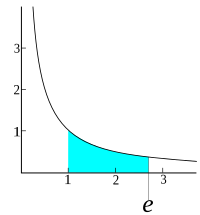
Photo from wikipedia
Personalizing the analysis for web search potentially improves the search experience. A good analytical model for web search should leverage not only collective wisdom but also individual characteristics. Most of… Click to show full abstract
Personalizing the analysis for web search potentially improves the search experience. A good analytical model for web search should leverage not only collective wisdom but also individual characteristics. Most of the existing analytical models, however, such as the click graph and its variants, focus on how to utilize the collective wisdom, from a crowd, for instance. In this paper, we address the problem of user-specific web search analysis by considering the so-called burstiness in web search, which captures the behavior of rare words appearing many times in a single document. We go beyond click graph and propose two probabilistic topic models, namely, Topic Independence Model and Topic Dependence Model. The former adopts the assumption that the generation of query terms and URLs are topically independent, and the latter captures the coupling between search queries and URLs. We also capture the temporal burstiness of topics by utilizing the continuous Beta distribution. Based on the two proposed models, we propose a novel burstiness-aware search topic rank. Through a large-scale analysis of a real-life search query log, we observe that each user's web search trail enjoys multiple kinds of user-based unique characteristics. On a massive search query log, the new models achieve a better held-out likelihood than standard LDA, DCMLDA and TOT, and they can also effectively reveal the latent evolution of topics on the corpus level and user-based level.
Journal Title: IEEE Transactions on Knowledge and Data Engineering
Year Published: 2023
Link to full text (if available)
Share on Social Media: Sign Up to like & get
recommendations!